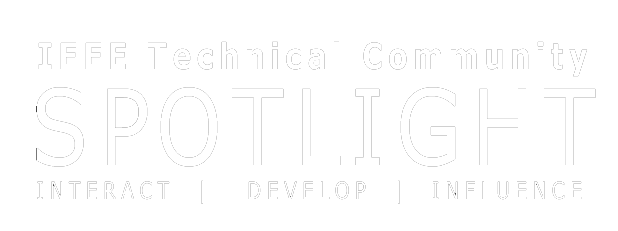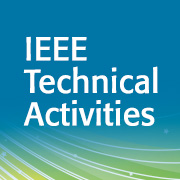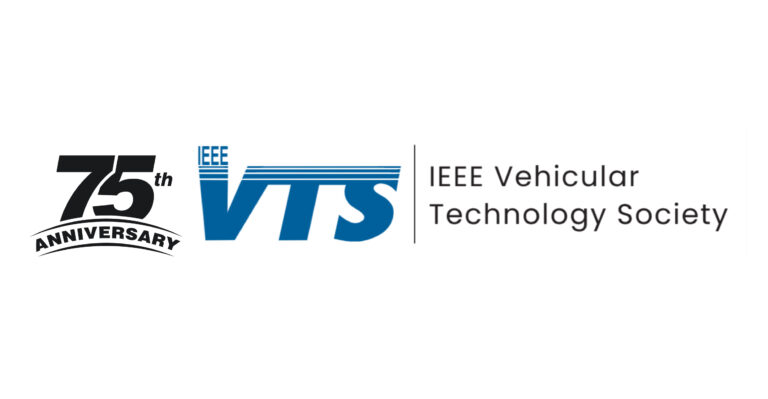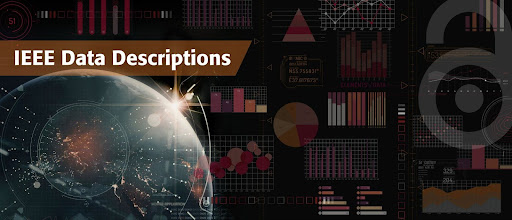Dear Colleagues,
I hope all had a productive and healthy third quarter of 2019.
In my last message, I highlighted the important work of the TAB Ad Hoc Committee on Global Society Interaction (GSI) and shared my enthusiasm for collaborating with leaders from other technical professional associations from across the globe. I am glad to report that, in conjunction with the June IEEE Board Series, the first GSI Summit successfully provided a platform for representatives from global societies with similar interests to the IEEE to discuss how we can work together to advance technology for the benefit of humanity. Planning for a second event, in 2020, will soon be underway.
While one facet of leading IEEE into the future is building global collaboration, yet another important aspect is identifying new ways to adapt to technological evolution. New technology opportunities are cross-cutting, and becoming more so, while Technical Activities is primarily a vertical organization. While IEEE’s 46 Societies and Technical Councils are first-class resources in their respective fields, can many of today’s newest technologies be owned by a single entity? How can we empower IEEE’s technical communities to ensure we are as nimble an organization as possible?
The 2019 TAB Ad Hoc Committee on TAB Structure and Constituents, chaired by Steve Diamond, has been working diligently to address these questions, beginning with a breakout discussion at the June 2019 TAB meeting. During this session, TAB members split into 5 groups to discuss whether Technical Activities should either reorganize or add options to its current structure. After deliberating potential options regarding existing Societies, Councils, Technical Communities, Divisions, and the addition of a Horizontal option, it became evident from the breakout session that there is enough support to add a new Horizontal component to TAB.
As a new, optional waypoint or destination to help cross-cutting technologies prosper within IEEE, this Horizontal component will ideally be available to both existing and future IEEE entities. By creating a simple, scalable organization,  or by further giving FDC more mandate to incubate new technical communities, Technical Activities will be better prepared to break down past silos and build improved ways to support new and cross-cutting technologies. It will also provide a home for graduated initiatives that have progressed through the IEEE Future Directions lifecycle, ensuring that the newest and most ground-breaking technologies transition seamlessly into the fabric of the IEEE.
or by further giving FDC more mandate to incubate new technical communities, Technical Activities will be better prepared to break down past silos and build improved ways to support new and cross-cutting technologies. It will also provide a home for graduated initiatives that have progressed through the IEEE Future Directions lifecycle, ensuring that the newest and most ground-breaking technologies transition seamlessly into the fabric of the IEEE.
The TAB Ad Hoc Committee on TAB Structure and Constituents will continue to explore how Horizontals can most effectively serve the IEEE membership, and I look forward to sharing more about this important activity in future messages.
K.J. Ray Liu
2019 Vice President, Technical Activities






4 Responses
Thank you for the contributions you are making to the IEEE. It’s a remarkable organization.
I am delighted that work is underway in this direction. My own career became multidisciplinary without my really understanding what was happening: Environmental protection, fuels and combustion processes, and nuclear power– none of them contemplated in my 1956 EE degree (major in electronics– which was mostly vacuum tube technology!). And I note that, even within our societies, we have HUGE diversity: In NPSS alone, I count at least five separate interest areas, e.g., disciplines which don’t do a lot of talking to each other… I wish you Godspeed on this quest, which is certainly needed.
Ray — Yes, handling multi-disciplinary new technologies is quite difficult with TA’s current cellular organizational structure. Each entity (eg, Society) is protective of its turf, and feels threatened when some new field uses a portion of its discipline, combined with those of others. We used to form Councils for this purpose, but the lag time is too long these days, and friction too high. I feel we need a “Silicon Valley”-style solution: a disruption that creates a new paradigm that will deprecate the old structures. This may need to be implemented as a bottom-up solution, which might not be compatible with IEEE’s current organization. We’ve seen this over the past 10 years, as MeetUps replace IEEE structures locally (ie, chapters), leading to less impetus for engineers to join our organization. These associations can come and go quickly, forming as-needed and being easily replaced by newer groupings. The focus is usually on a technology application using factors across many fields, rather than on one Society’s narrower field.
One option is to allow Sections to form local chapters based on FDC entities — something similar to the TCs most Societies support, but not limited to that Society’s scope. A constructive solution is needed, and I hope your team will have the flexibility to find one (if not in TA, then in MGA). Contact me, for potential directions. (IEEE Life Fellow)
Ray — One other difficulty that TA faces: its solutions need to be world-wide (since its Societies are world-wide), which is quite a burden. On the other hand, MGA’s Sections are localized, and might be better equipped to respond to technical innovations occurring locally/regionally by forming an OU for a specific new technology. A new cross-disciplinary field starting up in, say, London or San Jose might not require a world-wide structure that must also cover New Delhi and Ankara. It can combine the resources of a number of overlapping Societies/Councils to address new areas quickly and with low friction. Such a local unit (maybe a new form of Chapter) could be brought into existence quickly, and disbanded just as quickly when there is no longer a need. If one of these topical chapters is working in San Diego, maybe it can be cloned for Dallas and Detroit without needing a full-blown structure within TA. If one of these topical groups broadens to other geo areas, this might enable Societies to create Special Sections in journals and tracks in conferences. Letting MGA take the lead, with TA providing considerable horsepower through combinations of Society co-sponsorships, might be just the ticket to put IEEE back in the driver’s seat for growth among today’s engineers tackling cross-disciplinary fields that TA is finding it difficult to quickly address.
This has already been tried successfully, but it is not formally allowed by IEEE rules. Let’s reconsider our approach.